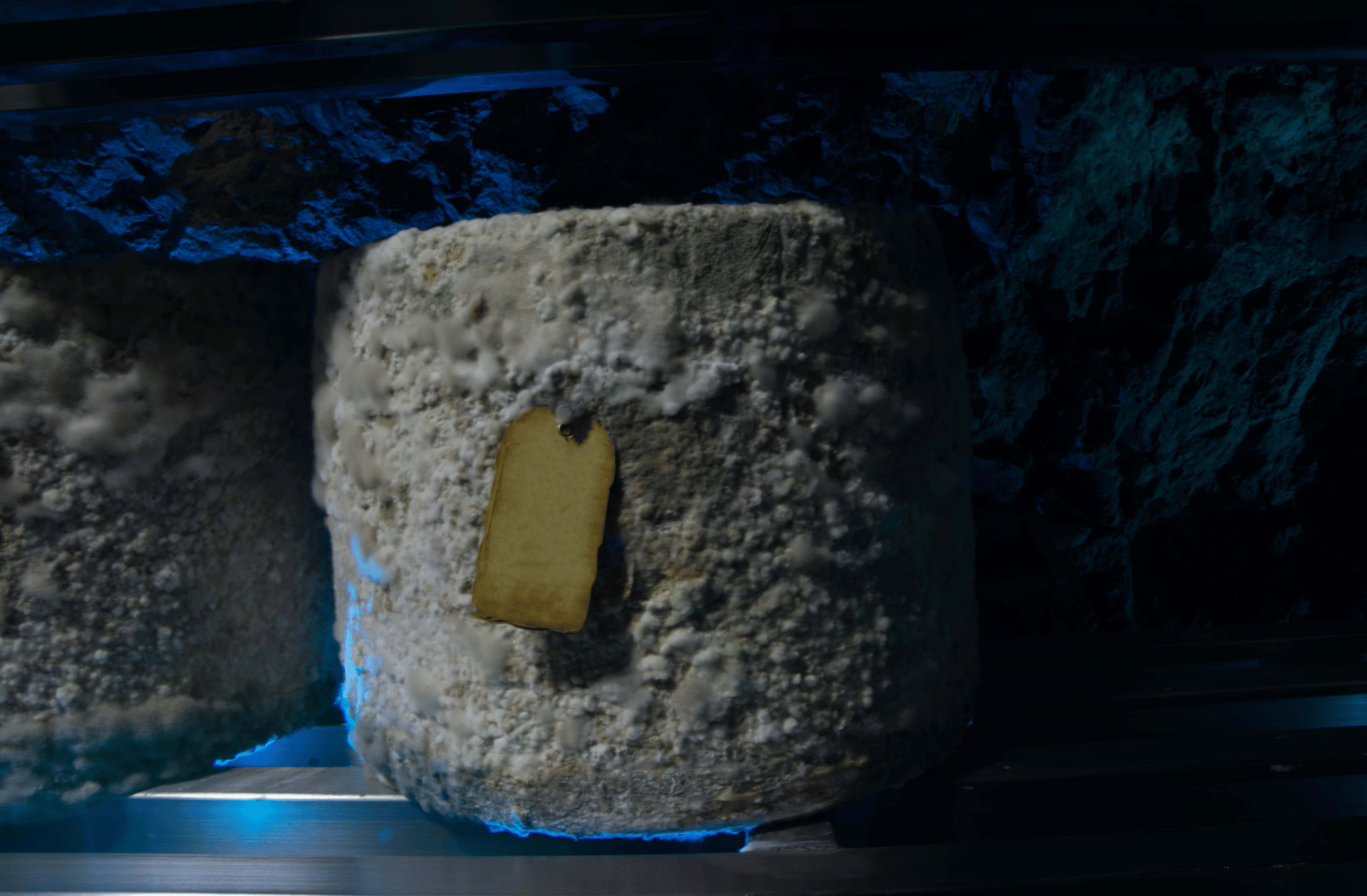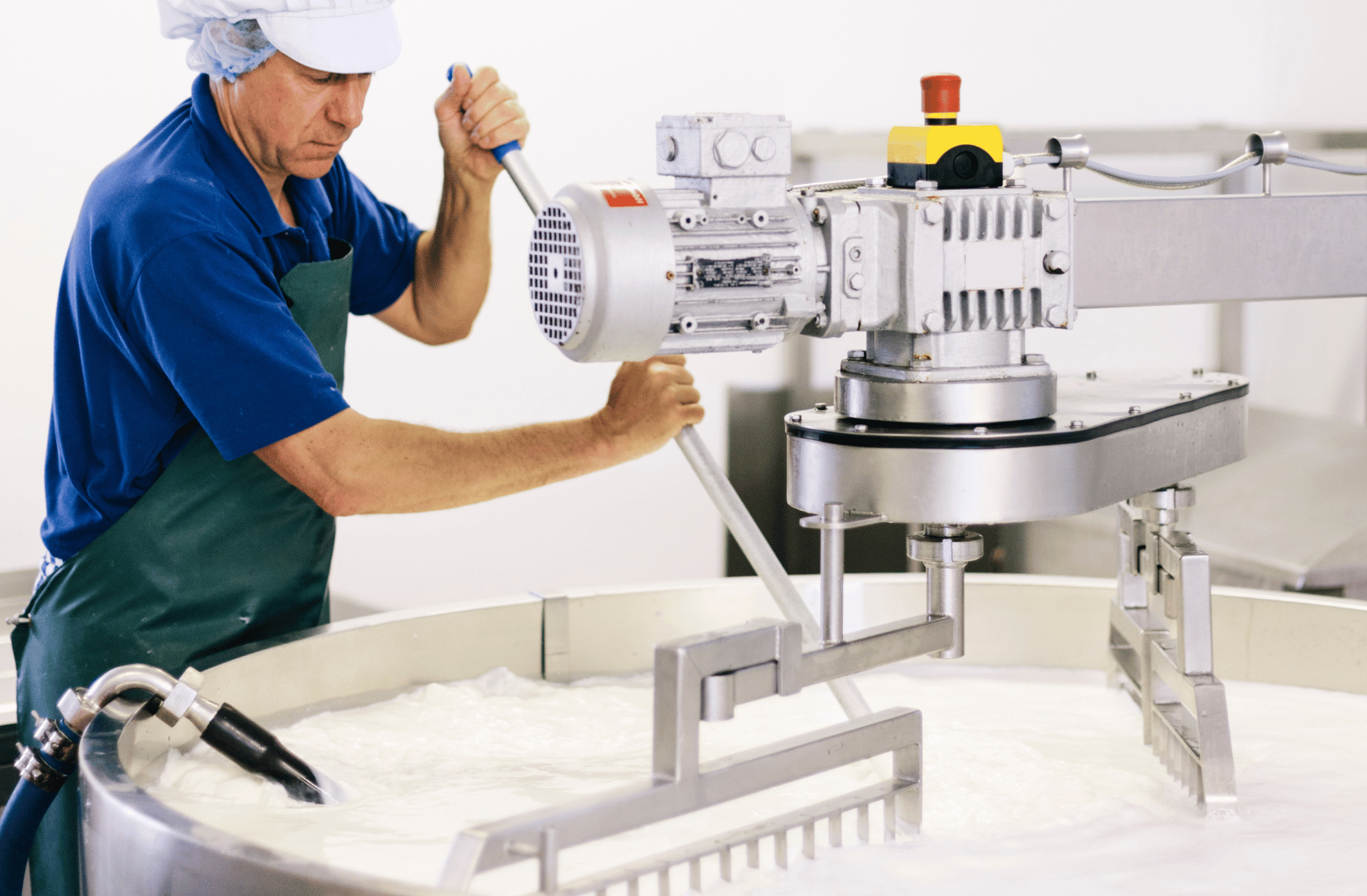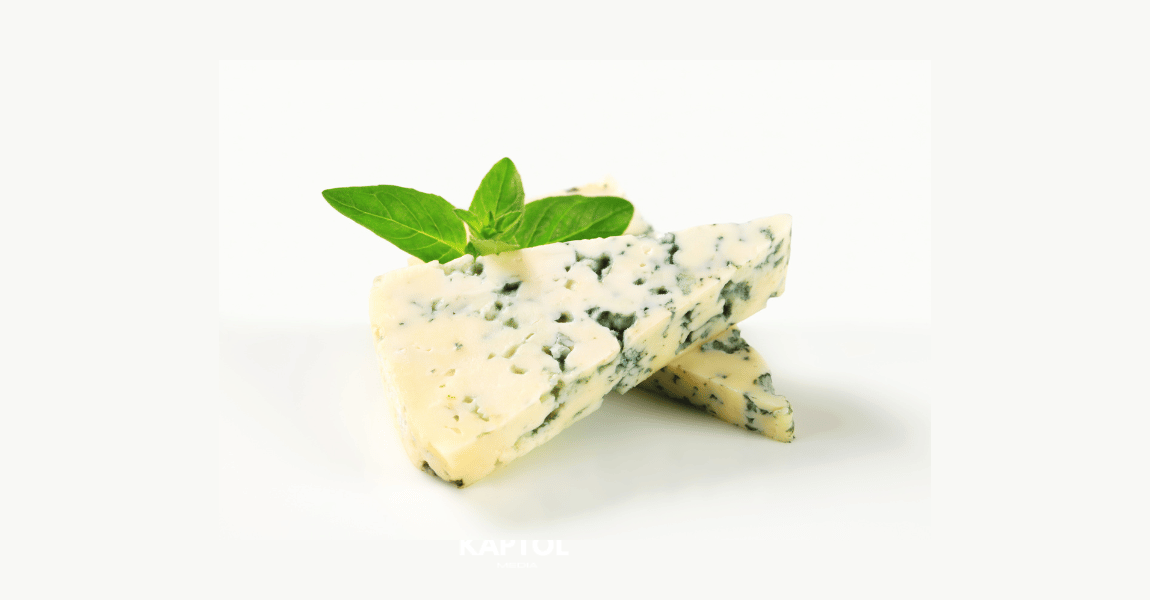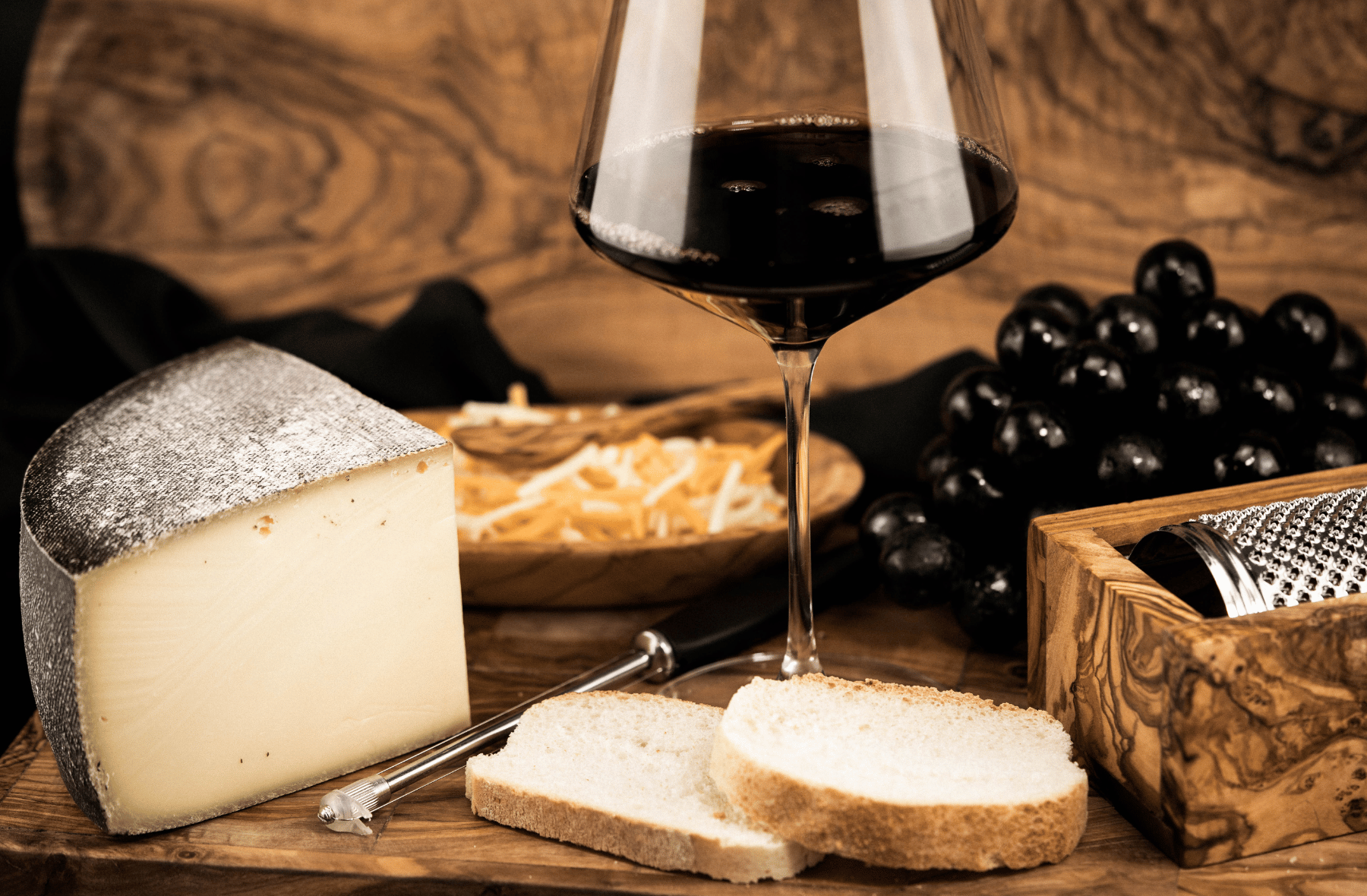Cheese
What Cheese Is That?

The History of Cheese
Cheese is a versatile dairy product made by curdling milk through the addition of cultures, enzymes, and often salt.
Its origins trace back thousands of years, and it has since evolved into countless varieties across the globe, each with unique flavours, textures, and aging processes.
Cheeses range from soft and creamy, like Brie and Camembert, to firm and aged, like Cheddar and Parmesan.
The Cheese-Making Process:
From Ingredients to Aging
Cheese-making is an ancient art that has been refined over centuries to produce a vast array of flavours, textures, and varieties.
At its core, cheese-making involves transforming milk into a preserved and flavourful product by curdling, separating, and aging the milk solids. While the process may vary depending on the cheese type, certain key ingredients and foundational steps remain consistent.

Can You Eat Cheese When You're On A Diet?
Yes, you can absolutely eat cheese while on a diet, but the key is to consume it in moderation and choose the right types.
Cheese is a rich source of protein, calcium, and healthy fats, which can support your diet when consumed mindfully. Opt for lighter varieties such as cottage cheese, feta, or part-skim mozzarella, which are lower in calories and fat compared to heavier options like cheddar or brie. Additionally, portion control is crucial—stick to recommended serving sizes to avoid overindulging, as cheese can be calorie-dense.
Pairing cheese with healthy, nutrient-dense foods can make it a balanced addition to your diet. For instance, enjoy it with fresh fruits, whole-grain crackers, or vegetables for a satisfying snack or incorporate it into salads or lean protein dishes for added flavour. Remember, the goal of a diet is to maintain overall balance, so incorporating small amounts of cheese can enhance your meals without derailing your progress.
Which Cheeses Have The Lowest And Highest Levels of Fat?
Cheeses with the lowest levels of fat are typically fresh, soft, or reduced-fat varieties. Examples include cottage cheese, ricotta, and part-skim mozzarella, which are naturally lower in fat and calories. Goat cheese and feta also fall on the lighter side of the spectrum, offering rich flavor without excessive fat. These cheeses are excellent options for those looking to enjoy cheese while maintaining a lower-fat diet. Many brands also offer reduced-fat versions of popular cheeses like cheddar or Swiss, providing additional options for those watching their fat intake.
On the other hand, cheeses with the highest levels of fat tend to be aged or creamy varieties. Examples include brie, camembert, gouda, and blue cheeses, which have a higher fat content due to their production methods and aging processes. Hard, aged cheeses like parmesan and cheddar can also be high in fat, but they are often used in smaller amounts due to their strong flavours. If you’re monitoring your fat intake, these cheeses can still be enjoyed in moderation, as their rich taste means a little goes a long way.
Why Doesn't Reduced-Fat Cheese Melt Well?
Reduced-fat cheese often doesn’t melt as well as full-fat cheese due to its lower fat content and altered composition.
Fat plays a crucial role in the melting process, helping cheese soften evenly and achieve a smooth, creamy texture. When fat is reduced, the cheese tends to have less moisture and a firmer structure, which can result in uneven melting or a rubbery consistency. Additionally, reduced-fat cheeses may contain added stabilizers or fillers to compensate for the fat loss, which can further impact their ability to melt smoothly.
Another factor is the protein structure in reduced-fat cheese. Without sufficient fat to balance the proteins, the cheese is more likely to clump or become stringy when heated. This is why full-fat cheeses like cheddar or mozzarella melt into gooey perfection, while their reduced-fat counterparts may remain firmer or develop an undesirable texture. To improve the meltability of reduced-fat cheese, try shredding it finely, melting it at lower temperatures, or combining it with a small amount of full-fat cheese for better consistency.
How Long Should You Keep Cheese?
The length of time you can keep cheese depends on its type and how it’s stored. Hard and aged cheeses like parmesan, cheddar, and gouda have a longer shelf life due to their lower moisture content, often lasting several weeks to months when properly wrapped and refrigerated. Semi-soft cheeses, such as brie or camembert, can be kept for about 1–2 weeks once opened, while softer cheeses like cream cheese, ricotta, or fresh mozzarella typically last only 5–7 days after opening. Blue cheeses fall somewhere in between, with a shelf life of around 1–2 weeks.
To extend the life of your cheese, store it in its original packaging or wrap it in wax paper or parchment paper, then place it in a resealable plastic bag or airtight container to prevent drying out or absorbing odours.
Avoid using plastic wrap directly on the cheese, as it can trap moisture and encourage mould growth.
Check your cheese regularly for signs of spoilage, such as mould on non-aged varieties (excluding naturally moldy cheeses like blue cheese), an off smell, or changes in texture. When in doubt, it’s best to discard the cheese to ensure safety.
What Is Processed Cheese?
Processed cheese is a type of cheese product made by combining natural cheese with other ingredients such as emulsifiers, milk, cream, or whey.
This mixture is heated and blended to create a uniform texture and extend shelf life. The result is a smooth, consistent product that melts easily, making it a popular choice for uses like grilled cheese sandwiches, nachos, or cheeseburgers. Processed cheese often contains additives to enhance flavour, colour, or stability, which sets it apart from traditional, natural cheeses.
One of the key differences between processed cheese and natural cheese is the production process. While natural cheese is made by curdling milk with enzymes and aging it to develop flavour and texture, processed cheese is created by modifying natural cheese through additional processing. This gives it a longer shelf life and a more predictable taste and texture. However, processed cheese typically has less nutritional value than natural cheese, as it may contain lower amounts of protein and higher levels of sodium and preservatives. It’s a convenient option for many dishes, but for those seeking more authentic flavours and nutrients, natural cheese is a better choice.
Is It Best To Serve Cheese Chilled Or At Room Temperature?
Cheese is best served at room temperature to allow its full flavours and textures to shine.
When cheese is chilled, its flavours can become muted, and its texture may be firmer or less creamy, making it harder to fully appreciate. Allowing cheese to come to room temperature enhances its aroma and makes it easier to cut, spread, or enjoy as intended.
For the best results, take cheese out of the refrigerator about 30–60 minutes before serving, depending on the type of cheese. Soft cheeses like brie or camembert may take less time, while harder cheeses like cheddar or gouda may need a bit longer.
That said, it’s important to handle cheese carefully when serving it at room temperature. Keep it covered to prevent it from drying out or absorbing unwanted odours. Be mindful of how long cheese sits out, as some types can spoil quickly, especially in warm conditions.
A good rule of thumb is to enjoy cheese within two hours of removing it from refrigeration.
For outdoor events or hot weather, consider serving smaller portions at a time while keeping the rest chilled to ensure freshness and food safety.
Can You Freeze Cheese?
Yes, you can freeze cheese, but the results vary depending on the type of cheese.
Hard and semi-hard cheeses like cheddar, gouda, or parmesan freeze better than soft cheeses because their lower moisture content helps maintain their texture. While freezing can slightly alter the texture of cheese, making it more crumbly or grainy, the flavour generally remains intact. Frozen cheese works best for cooking or baking purposes, such as in casseroles, soups, or sauces, where the texture changes are less noticeable. To freeze cheese, wrap it tightly in plastic wrap or aluminum foil and place it in an airtight container or freezer bag to prevent freezer burn.
On the other hand, soft cheeses like brie, cream cheese, or ricotta do not freeze as well due to their high moisture content, which can cause them to separate or develop an undesirable texture when thawed. If you must freeze soft cheese, use it in recipes where texture is less important, like baked goods or creamy dishes. To thaw frozen cheese, move it to the refrigerator and let it defrost slowly to minimize texture changes. Once thawed, consume it within a few days for the best quality.



